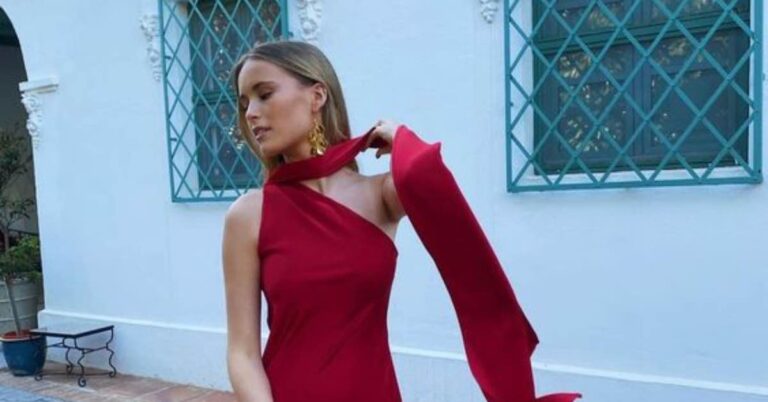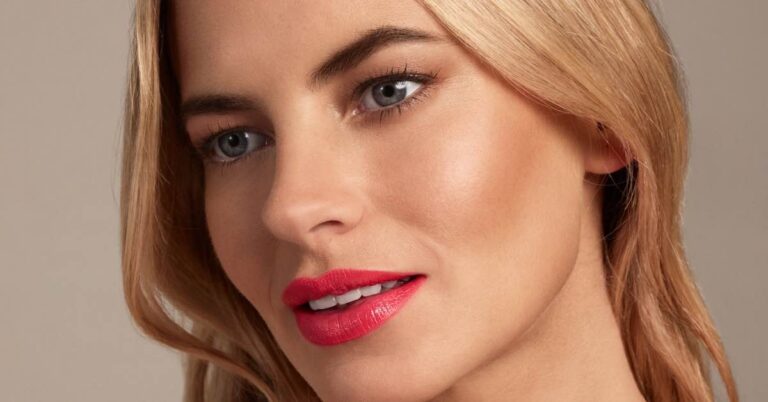Hey there, today I’ll show you some stunning nail designs that perfectly complement your engagement ring and wedding band. After hours of scrolling on Pinterest, I’ve handpicked these chic and elegant styles to inspire your bridal look.
Understanding the Basics of Ring Wearing
Wearing engagement rings and wedding bands involves meaningful traditions and practical considerations. The placement of these rings carries symbolic significance and varies across cultures.
The Significance of the Ring Finger
The ring finger holds special importance in many cultures. In Western traditions, you typically wear your engagement ring and wedding band on the fourth finger of your left hand. This practice stems from an ancient belief in the “vena amoris” or “vein of love.”
People once thought this vein ran directly from the ring finger to the heart. While anatomically inaccurate, the idea persists as a romantic notion.
Some cultures prefer the right hand for wedding rings. In parts of Europe and South America, you might wear your rings on your right ring finger.
The choice of hand can also be practical. If you’re left-handed, wearing rings on your right hand might be more comfortable.
Engagement Ring and Wedding Band Basics
Your engagement ring usually comes first, both in timing and placement. When you get engaged, you’ll typically wear this ring alone on your left ring finger.
After the wedding ceremony, you’ll add your wedding band. Traditionally, you wear the wedding band closest to your heart, meaning it goes on first, followed by the engagement ring.
Some couples choose matching sets that fit together seamlessly. Others prefer contrasting styles. There’s no right or wrong choice – it’s about what feels meaningful to you.
You can also get creative with your ring placement. Some people wear their engagement ring on one hand and their wedding band on the other. This can be especially useful if the rings don’t fit comfortably together.
How to Wear Your Rings

Wearing your engagement ring and wedding band is a personal choice, but there are traditional and alternative ways to showcase these symbols of love and commitment. The placement and order of your rings can reflect your style and preferences.
Traditional Placement and Order
Traditionally, both rings are worn on the fourth finger of your left hand. This custom stems from the ancient belief that this finger has a vein directly connected to the heart. On your wedding day, you’ll likely wear your engagement ring on your right hand.
After exchanging vows, place your wedding band on first, followed by your engagement ring. This order symbolizes the wedding band being closest to your heart. Many brides choose to wear their engagement ring on top of the wedding band after the ceremony.
Consider the comfort and fit when stacking your rings. If they don’t sit well together, you might want to have them soldered or opt for a different arrangement.
Alternative Ways to Wear Rings
You don’t have to follow traditional ring etiquette if it doesn’t suit your style. Some couples choose to wear their rings on different hands. You might wear your engagement ring on your left hand and your wedding band on your right.
Another option is to wear your engagement ring on the outside, with the wedding band closer to your fingertip. This can be practical if your engagement ring has a larger stone that might catch on things.
Some people alternate wearing their rings, sporting the engagement ring for dressy occasions and the wedding band for everyday use. You could also wear them on a chain around your neck if your job or hobbies make wearing rings on your hands impractical.
Choosing the Right Style and Fit

Selecting the perfect engagement ring and wedding band combination involves considering both aesthetics and practicality. The right style and fit will ensure your rings look beautiful and feel comfortable for years to come.
Matching Rings and Metal Choices
When choosing your wedding ring set, consider how the engagement ring and wedding band will complement each other. You might opt for a matching set or mix metals for a unique look. Popular metal choices include:
- Yellow gold: Classic and timeless
- White gold: Modern and versatile
- Rose gold: Romantic and trendy
- Platinum: Durable and hypoallergenic
Mix and match these metals to create a personalized stack. For example, pair a white gold engagement ring with a rose gold wedding band for a striking contrast.
Consider adding gemstones or diamonds to your wedding band to complement your engagement ring. An eternity band with small diamonds can add extra sparkle to your ring stack.
Ensuring Comfort and Practical Considerations
Your rings should not only look beautiful but also feel comfortable for daily wear. Consider these factors:
- Ring width: Wider bands may be more noticeable, while thinner bands are often more comfortable.
- Profile: Choose a low-profile setting if you use your hands frequently at work.
- Fit: Ensure your rings fit snugly but not too tight, allowing for minor finger swelling.
If you have an active lifestyle, opt for durable metals like platinum or palladium. These withstand daily wear better than softer metals.
For maximum comfort, consider a curved wedding band that fits around your engagement ring. This design prevents gaps and reduces spinning on your finger.
Customizing and Caring for Your Rings

Your rings symbolize your love and commitment. Personalizing them adds sentimental value, while proper care ensures they remain beautiful for years to come.
Personalizing Your Jewelry
Make your rings uniquely yours with custom engraving. Choose meaningful dates, initials, or a special phrase. Consider your cultural customs for inspiration.
Add colorful gemstones alongside your diamond for a pop of personality. Explore vintage-inspired settings or modern designs to match your style.
Create a romantic story by incorporating elements from your proposal. Maybe include a tiny sapphire to represent where you met.
Mix metals for a contemporary look. Rose gold and platinum pair beautifully. Don’t shy away from unconventional choices – black diamonds or raw stones can be stunning.
Protection and Preservation
Protect your investment with jewelry insurance. It offers peace of mind against loss or damage.
Remove rings before swimming, cleaning, or heavy lifting to prevent scratching. Store them in a soft cloth pouch when not worn.
Clean your rings regularly with mild soap and warm water. Use a soft brush for stubborn dirt. Avoid harsh chemicals that can damage delicate settings.
Consider soldering your engagement and wedding bands together. This prevents rubbing and keeps them aligned.
Visit your jeweler annually for professional cleaning and inspection. They’ll check prongs and settings to ensure stones are secure.
Cultural Considerations and Alternatives

Wearing engagement rings and wedding bands varies greatly around the world. Some couples embrace unique approaches that reflect personal values or cultural heritage.
Diverse Traditions Across the Globe
In many Western countries, couples wear rings on the left hand. However, in parts of Northern and Eastern Europe, the right hand is preferred.
Some cultures use different finger placements. In India, toe rings symbolize marriage for women. German couples often wear their engagement rings on the left hand and move them to the right after the wedding.
In Brazil, both partners may wear engagement rings. They switch these to the right hand upon marriage.
Non-Traditional Choices for Modern Couples
You have many options beyond the classic diamond solitaire and plain metal band. Some couples opt for matching engagement ring and wedding band sets that fit together seamlessly.
Others choose alternative jewelry like necklaces or bracelets to symbolize their commitment. Tattoo rings are gaining popularity as a permanent and unique option.
Some forego rings entirely, investing in experiences or practical items instead. You might prefer a single statement ring that combines both engagement and wedding symbolism.
FAQ
Can I wear my engagement ring and wedding band on the same finger?
Yes, you can wear them together on the same finger, with the wedding band typically placed closest to your heart.
Should I wear my engagement ring or wedding band first?
Traditionally, the wedding band is worn first, followed by the engagement ring.
How do I stack my engagement ring and wedding band?
Stacking your rings can create a stylish look; consider mixing metals or adding a spacer band for a unique touch.
If you liked this blog post about how to wear engagement ring and wedding band, don’t forget to leave us a comment down below to tell us about your experience with it. Or take a look at the following articles:






